Search Images
Browse Content (p. 1293)
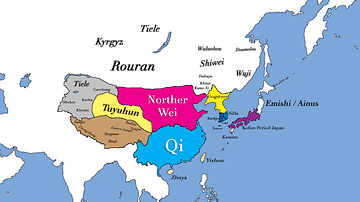
Image
East Asia in 500 CE
This map shows the territories of all major civilizations in East Asia in the year 500 CE. Italicized texts indicate nomadic bands or tribal societies.
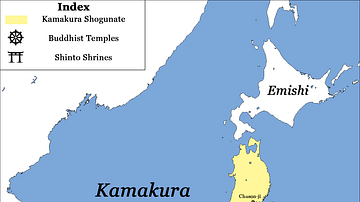
Image
Major Temples and Shrines of Japan circa 1200 CE, Kamakura Shogunate
This map depicts all major Buddhist temples and Shinto shrines of Japan around the year 1200 CE. Notice that many renowned temples (such as the famous Kinkaju-ji) have not yet been built at that time. The map highlights the city of Kamakura...
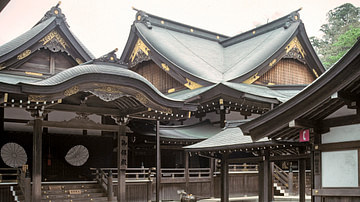
Image
Kaguraden at the Ise Grand Shrine
The kaguraden or dancing hall at the Ise Shinto shrine dedicated to Amaterasu. The site first had a shrine built in 4 BCE and is Japan's oldest Shinto shrine, as well as its most important.

Image
Torri, Itsukushima Shrine
The Torri at the Itsukushima Shrine, Hatsukaichi, Hiroshima Prefecture, Japan.
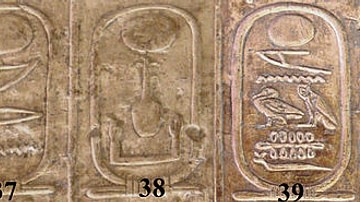
Image
Egypt's Sixth Dynasty Kings
The kings of Egypt's 6th Dynasty from the Abydos King List.
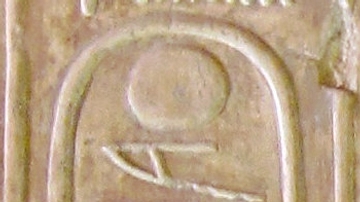
Image
Cartouche of Merenre Nemtyemsaf II
The cartouche of Merenre Nemtyemsaf II, from the Abydos King List, Temple of Seti I, Abydos, Egypt
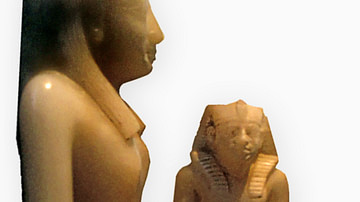
Image
Ankhnesmeryre II & Pepi II
An alabaster statuette of Ankhnesmeryre II and her son Pepi II. Egypt, 6th Dynasty, c. 2288-2224/2194 BCE (Brooklyn Museum)
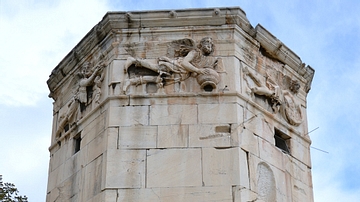
Image
Tower of the Winds (Athens)
The Tower of the Winds, also called Horologion of Androkinos, is an octagonal Pentelic marble clocktower located in the Roman Agora in Athens. The structure features a combination of sundials, a water clock and a wind vane. It dates back...
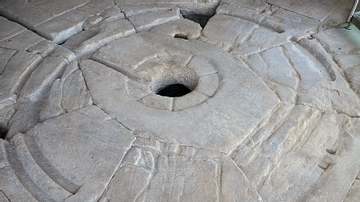
Image
The interior of the Tower of the Winds (Athens)
The interior of the Tower of the Winds, also called Horologion of Androkinos, showing the central section of the floor of the monument. The holes were used for mounting the hydraulic mechanism which was installed inside the clocktower. The...

Image
Vairochana
China, Ming dynasty (1468-1644) Copper alloy. Seated on a lotus of 1,000 petals that emit 100,000 buddhas. Stanford Museum